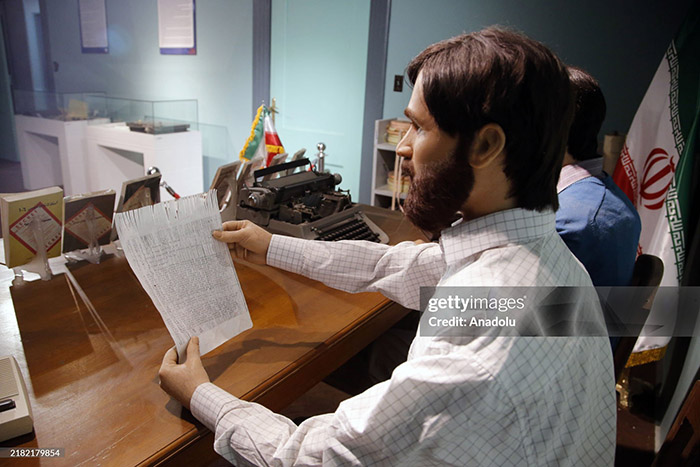The Shah’s regime, known for its repressive policies and human rights abuses, faced widespread opposition in Iran, especially from religious and nationalist factions. Many Iranians perceived the Shah as a puppet of Western interests, primarily the United States, which they blamed for enabling his authoritarian rule. By the late 1970s, popular discontent against the Shah grew, culminating in the 1979 Iranian Revolution, which toppled the monarchy and led to the establishment of an Islamic Republic under Ayatollah Ruhollah Khomeini.
The Iranian Revolution and Anti-American Sentiment
Ayatollah Khomeini, a prominent religious leader and critic of the Shah, became the face of the revolution. His fiery rhetoric against the Shah and his condemnation of Western imperialism resonated with many Iranians, who were eager to reclaim their country’s autonomy and establish a government aligned with Islamic values. The revolutionary movement saw the United States as a primary adversary, responsible for decades of interference in Iran’s domestic affairs.
After the revolution, tensions between Iran and the United States intensified further when the U.S. allowed the exiled Shah to enter the country for medical treatment. This decision outraged Iranians who sought the Shah’s return to Iran to stand trial for alleged crimes against the people. In response, revolutionary students planned to occupy the U.S. Embassy in Tehran to protest what they saw as U.S. support for a tyrant.
